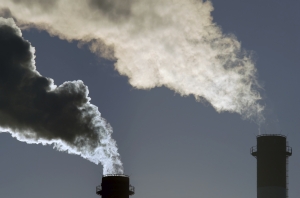The Government has announced draft changes to the treatment of coal mines under the Safeguard Mechanism, with a single industry average value to be used in the setting of emissions baselines for all open cut and underground mines.
Modelling indicates that a single default value for all coal mining will increase accountability for more gassy underground coal mines, while redistributing the emissions reduction obligation, with liabilities to largely net out across the sector.
While some reports have suggested that the use of a single industry average default value would allow “a significant portion” of less emissions intensive open-cut mines to generate below-baseline Safeguard Mechanism Credits (SMCs), we forecast that a new single default value for all coal mining will result in a net overall reduction in annual SMC issuance. This is due to the dilutionary impact of ‘hybrid’ baselines – which will be weighted more heavily to “site-specific” intensity between 2024-30, mitigating over-crediting risks to coal mines with lower emissions intensity.
More broadly, we continue to forecast a growing accumulation of ACCU supply attributed to ongoing issuance to existing ACCU projects, set against gradual increases in Safeguard Mechanism liabilities. This should see the market remain in surplus until compliance demand begins to scale up, which is likely to occur in parallel to a slowdown in issuance to registered projects, with prices escalating as the market flips into deficit and the supply-demand balance tightens.
As noted in our earlier outlooks, the timing of this inflection point remains subject to the pace and scale of on-site emissions reduction investments by high emitting facilities, with the plausible spread of industrial decarbonisation considered within our scenarios.
In this quarterly Carbon Market Outlook, we present our expectations for ACCU and SMC prices over a 10-year horizon. Analysis presents three pathways for price development, including our Central Case (in-house) view, and High and Low scenarios, modelling the interaction between industrial GHG emissions reductions by industry, supply-demand fundamentals, and long-term carbon price development.















